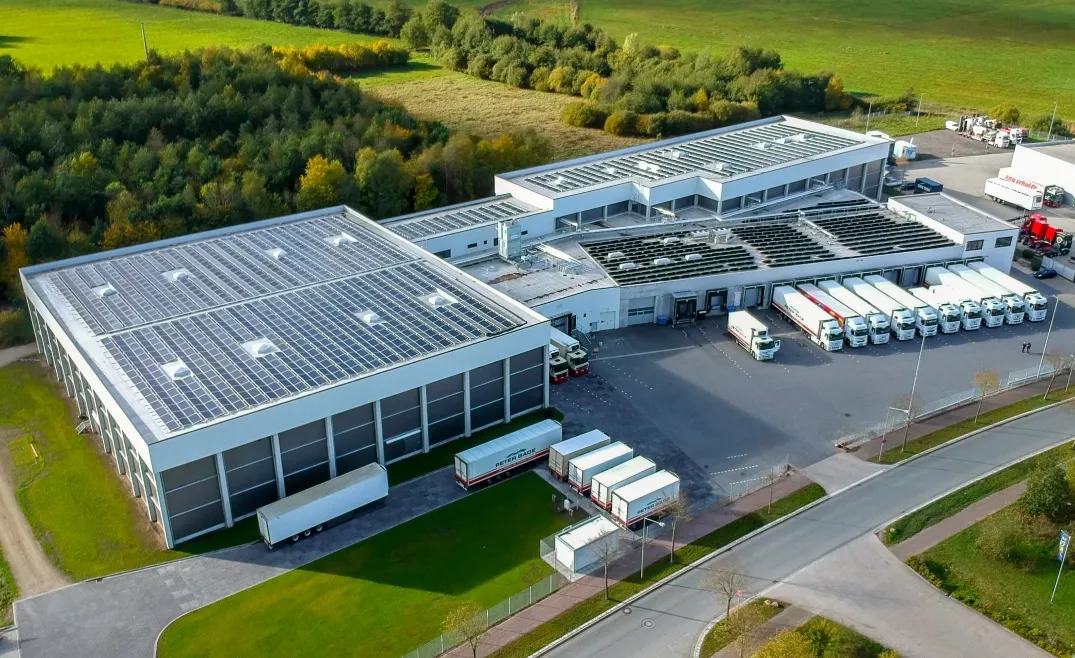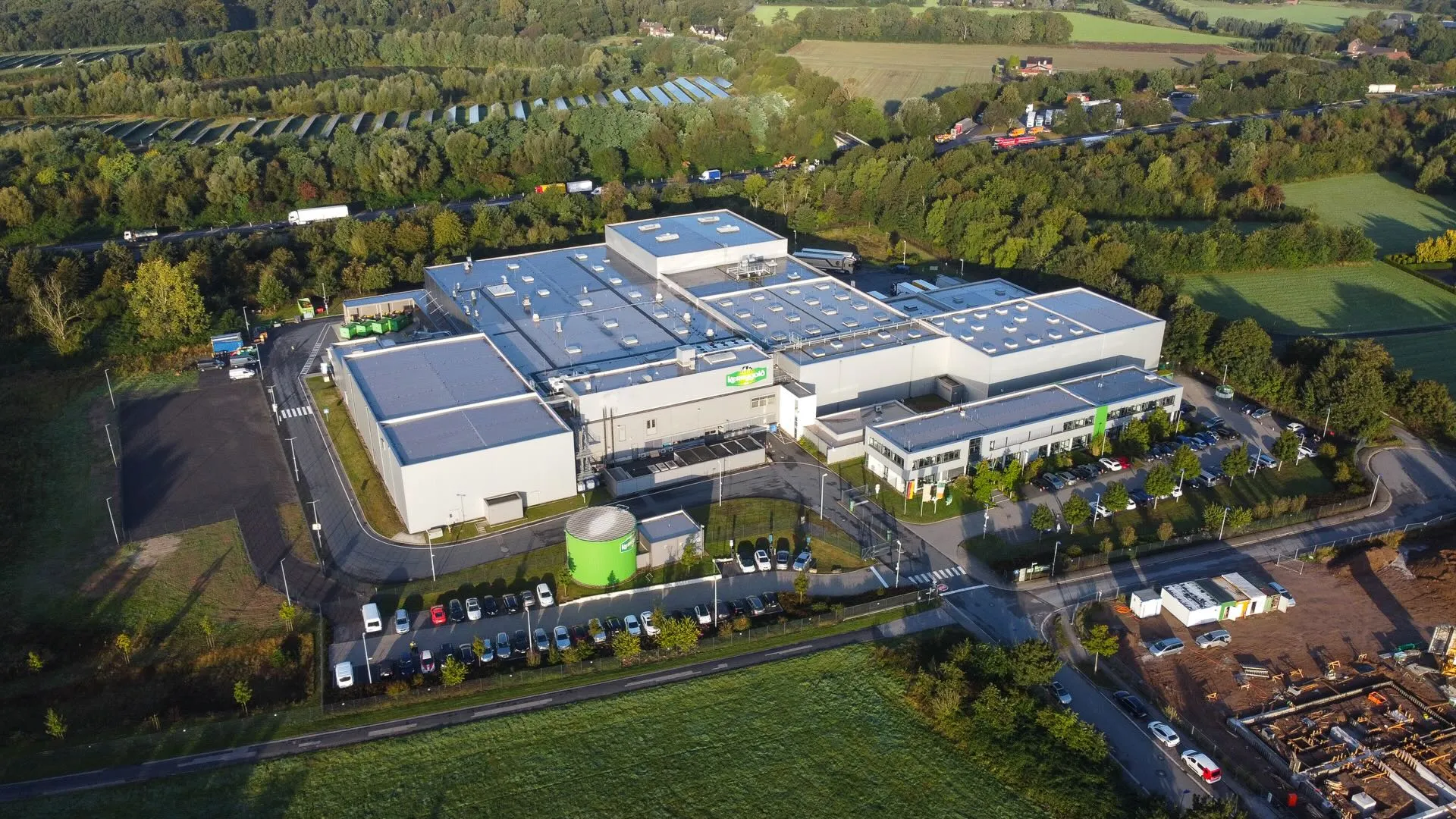Energy management in logistics
Smart energy optimisation for cold chains, warehouses and charging infrastructure
The growing demands to logistics
High energy demand for cooling & storing
Rising energy costs & volatility
Fleet electrification
PV potential not leveraged
Logistics use cases

Automated optimisation & control of your cooling systems
Our smart energy management system for the logistics sector automatically optimises your cooling systems according to your targets. For example, the electricity consumption of your cooling systems can be simultaneously adjusted to achieve atypical grid usage, increase PV self-consumption and respond to spot market prices. The optimisation is calculated by the AI within our energy management system and then automatically transferred to your plant control system.

Efficiency optimisation
The efficiency of your cooling system is also improved by our smart energy management system. flexOn performs precise demand analyses, taking into account dynamic factors such as weather data and system-specific parameters like valve positions or suction pressures. Through efficiency optimisation and the automatic control of your systems, our energy management solution for the logistics sector helps you reduce your overall energy demand in a holistic way.

Optimisation of your charging infrastructure
With our smart energy management system, you can integrate the charging infrastructure of your electric HGVs or industrial trucks (FFZ) into your site-wide optimisation strategy. This ensures that your vehicles are charged whenever electricity is both green and affordable, while the maximum grid connection capacity is always taken into account.
Are you currently planning to expand your charging infrastructure for electric HGVs? We’ll support you in designing the right setup.

Multi-use optimisation of storage solutions
Whether battery, cooling, heat or high-temperature storage — flexOn enables you to make full use of your storage capacity. Through its multi-use approach, the EMS deploys your storage system across various applications to reduce your energy costs. For example, flexOn uses the storage unit to lower your electricity consumption during peak load periods.
If you do not yet have a storage system and are considering an investment, flexOn provides valuable decision support through real-time simulations
Achieve your goals
with flexOn

Flexible electricity consumption
Thanks to the flexOn smart energy management system, you can automatically adjust your electricity consumption to various targets such as energy prices or generation levels.

Increase energy efficiency
The optimisation and control provided by flexOn increase the energy efficiency of your systems, reducing both electricity consumption and overall energy costs.

Create transparency
By visualising consumption, generation and system behaviour, you can easily monitor your energy flows in real time.

Build a storage strategy
With flexOn, you can simulate the use of an energy storage system at your site and make data-driven investment decisions.
Voices from the industry
“By using the energy management platform flexOn, our goal was to gain a clear overview of the company's energy flows, export measurement data effortlessly, and above all reduce electricity costs and grid charges.”


Energy management in action

Peter Bade GmbH
Before flexOn, Peter Bade GmbH lacked visibility of its energy flows. With our smart energy management system, the company overcame these challenges, increased self-consumption of its solar installation, and achieved significant savings.

Ornua Deutschland
The Ornua case demonstrates how existing infrastructure can be used smartly. The smart energy management system flexOn transforms cold storage and electric boilers into dynamic energy storage that responds flexibly to market prices. The result: lower energy costs and improved ROI.

Backshop Tiefkühl
Backshop Tiefkühl’s previous energy management system could no longer keep up with rising demands. The company therefore chose the smart platform flexOn, which increases self-consumption of the solar installation and reduces energy use – a sustainable and economical solution.







